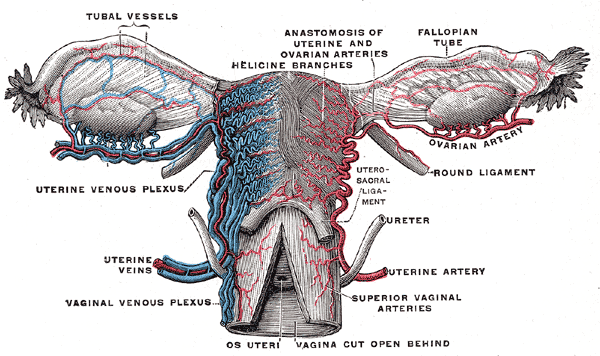A promising treatment for ovarian cancer

Over 20,000 women across the U.S. and Canada are diagnosed with ovarian cancer annually. The symptoms of this disease are often overlooked until it has spread, making it difficult to detect and treat with conventional methods like radiation and chemotherapy.
Dr. Cory Books, Associate Professor in the Department of Chemistry and Biochemistry at California State University, Fresno, is looking to harness the immune system to fight cancer. He is interested in a particular protein, called mucin, that is found throughout the body and is involved with the production of mucus. This protein is altered in cancer cells, which makes it a unique target for researchers.
"The cell stops adding sugars to the protein, so instead of having this mucus layer, now it has a solid protein layer, and cancer uses that to help spread itself through the body," Brooks said.
This alteration helps ovarian cancer grow and spread, but it also leaves a signal that can help clinicians locate the cancer and kill it.
"What that means now is that there's sort of this unique signature that we can target with antibodies to develop a new treatment for cancer," Brooks said.
Researchers have been interested in this protein since the late 1980s but have never before been able to visualize how antibodies interact with the molecule.
With the help of the CMCF beamline at the Canadian Light Source (CLS) located at the University of Saskatchewan, Brooks and his team were able to see how antibodies bind to the protein for the first time.
The CLS produces light millions of times brighter than the sun, which this team used to find out the structure of the protein.
The group's insights will help other researchers and clinicians understand how the immune system can be encouraged to fight ovarian cancer, killing cancer cells and preventing further growth.
Traditional cancer treatments like radiation and chemotherapy have harsh side effects because they damage the "good" cells in your body while also killing the cancer cells. In contrast, the antibodies from immunotherapy are very specific and dramatically reduce adverse effects while effectively targeting the cancer.
Brooks said he would not be able to do his research without synchrotron technology. The X-rays at the CLS allow his team to see what is happening inside a protein with high resolution.
"The CLS has progressed in such a way that we ship our samples to them and we can control the facility's robotics right from my office in California. The advancing technology is quite remarkable," Brooks said.
The team is hopeful that their research will help with developing immunotherapy treatments for ovarian cancer.
The research was published in Proteins: Structure, Function, and Bioinformatics.
More information: Brandy White et al, Crystal structure of a human MUC16 SEA domain reveals insight into the nature of the CA125 tumor marker, Proteins: Structure, Function, and Bioinformatics (2022). DOI: 10.1002/prot.26303


















